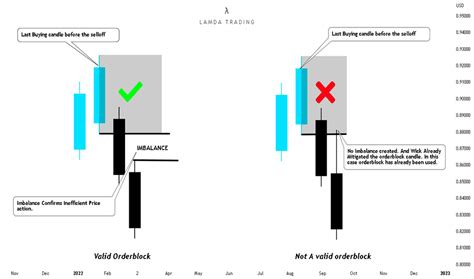Ethereum: Can the network stop finding valid blocks?
The Ethereum network is plagued by a common problem known as a “hash collision” problem. This occurs when two different inputs produce the same output hash, making it difficult to verify and block the network’s proof-of-work (PoW) consensus algorithm.
Hash problem: a hard computer science problem
The hash problem is designed to be computationally difficult, meaning that it requires significant computing power to solve. SHA-256, the cryptographic hash function used by Ethereum, aims to produce a fixed-size output hash from a variable-length input data in a way that makes it extremely difficult to guess or manipulate the input data. However, due to the random nature of most digital data and the complexity of SHA-256, there are cases where two different inputs can produce the same output hash value.
SHA-256 hashes as random strings
When you create a new Ethereum wallet or send transactions to the network, your account balance is updated with the sender’s public key. This process involves converting your private key into a unique string (digital signature) that is hashed and linked to your wallet address. These hashes are essentially random strings that have no direct connection to their inputs. In other words, they are designed to be unpredictable and unique.
The Problem: Collisions Happen

Now here’s where the problem gets significant. Since SHA-256 hashes are random strings in every way that have no direct connection to their inputs, there is a small chance that two different inputs could produce the same output hash. This is called a collision. When a collision occurs, it means that two different transactions or messages could be linked to the same block on the Ethereum network.
Impact of Collisions
If multiple blocks containing identical hashes are created at the same time (called a “collision attack”), the security of the network is compromised. Each block contains a unique hash value that serves as proof of the work of the previous block. If two or more blocks have the same hash, it means that there has been some kind of manipulation or collusion between them.
Why Ethereum Still Uses SHA-256
Despite this inherent risk, Ethereum continues to use SHA-256 to secure its network and prevent attacks. The solution is to use a technique called a “proof of stake” (PoS) consensus algorithm, which rewards users for holding certain tokens on the network rather than solving complex mathematical problems.
However, even with PoS, it is theoretically possible to create collisions that compromise the security of the network. Here, Ethereum developers are working to implement additional security measures, such as:
- Improved Collision Detection: The development team explored alternative algorithms and techniques to detect collisions more effectively.
- Increased Blockchain Difficulty: This can reduce the risk of collisions by making it harder for attackers to find valid blocks.
Conclusion
While the likelihood of Ethereum facing significant security risks due to hash collisions still exists, ongoing research and development efforts are working to mitigate these issues. Understanding the complexities of Ethereum’s network architecture is essential to understanding how hash collisions work and why they are still important today. If you have any questions or would like to explore other topics related to cryptocurrency and blockchain technology, feel free to ask!
